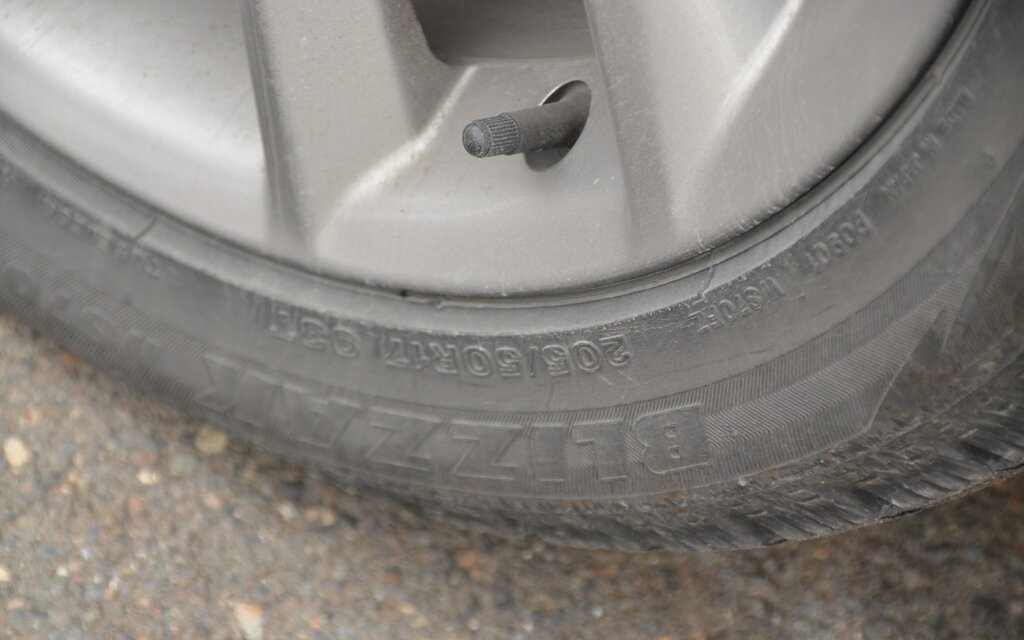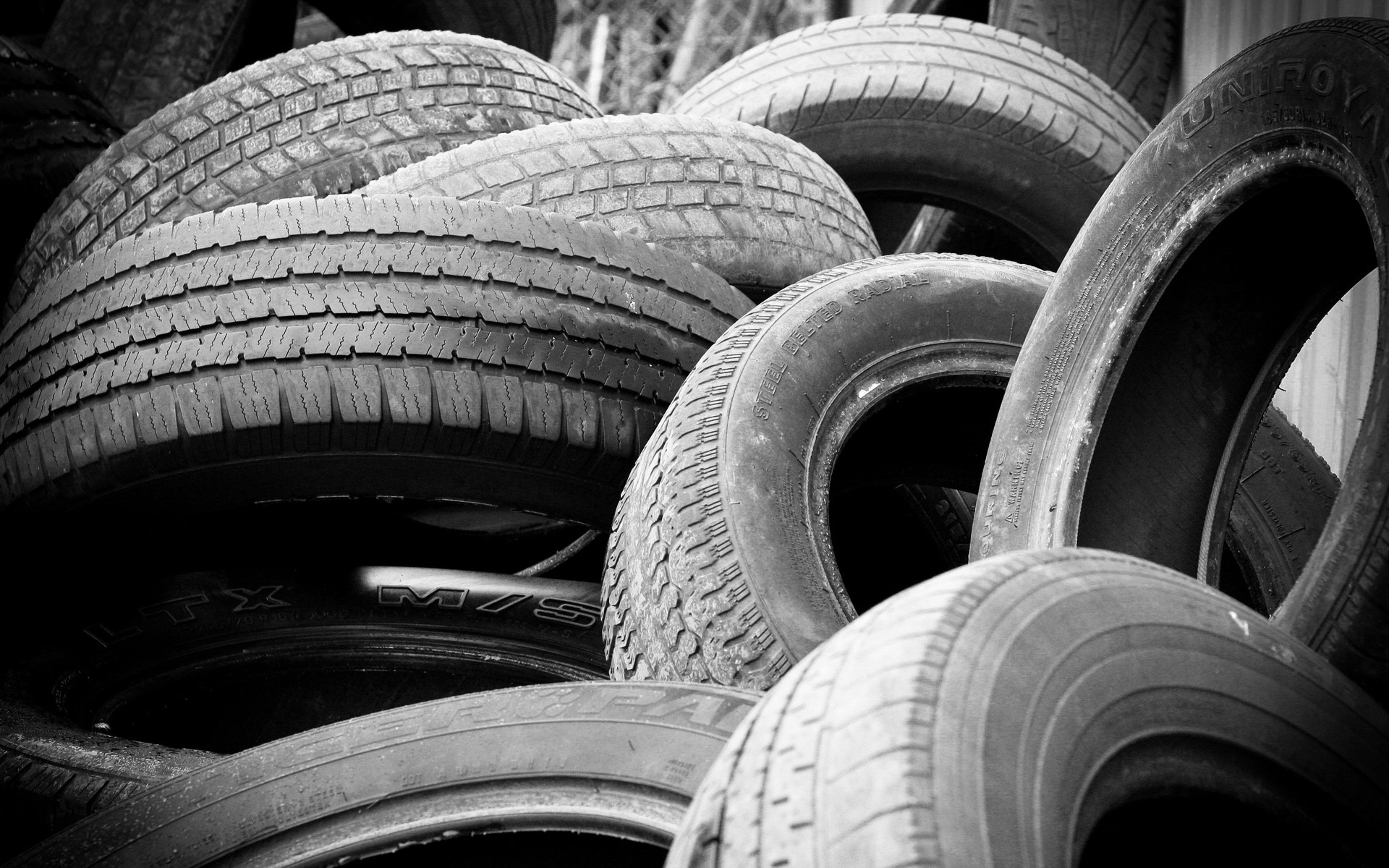Study Links Car Tires To Microplastic Pollution in Coastal Waters
Automobiles are widely associated with air pollution and it’s pretty obvious why. They’re also responsible for land pollution from waste generated at assembly plants all the way to their end-of-life disposal.
But according to a new study, there’s a link between cars—no matter how they’re powered, even EVs—and microplastics found in coastal waters, too.
- Also: Continental Develops a Self-Inflating Tire
- Also: How to Tell if Your Tires are Still in Good Condition
With the help of an ecotoxicology lab at the University of Toronto, scientists from the San Francisco Estuary Institute and the 5 Gyres Institute recently measured microplastics (plastic particles smaller than 5 millimetres) in stormwater from 12 small tributaries in the San Francisco area. They found a significant amount of what could be tire dust and fragments.
"Nearly half of the particles from field samples were black fragments that had a distinctive rubbery texture when handled with tweezers," the study's executive summary says. "One potential source of these particles is vehicle tire wear."

It appears that the amount of tire particles in coastal waters is 300 times greater than what comes from microfibres washing off polyester clothes, microbeads from beauty products and the many other plastics washing down our sinks and sewers.
As pointed out in the Los Angeles Times, the rubber fragments can also be toxic because of the fossil-fuel-associated compounds that they’re likely picking up before washing away off of the roads and into our water supply.
"That makes all that driving we do something to think about, not just in the Bay Area, but any setting where there are cars," said Estuary Institute scientist Rebecca Sutton, the study’s lead author.
One solution, obviously, is to increase the use of public transit to effectively limit the presence of tires on the road. But another idea discussed by scientists is to implement so-called rain gardens and other nature-based infrastructure that can trap polluted runoff before it reaches the water. They can reportedly capture more than 90 percent of the microplastics in some cases.









